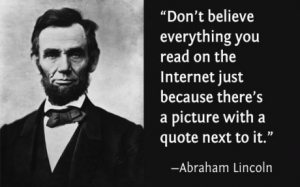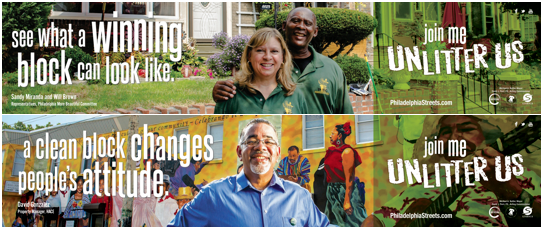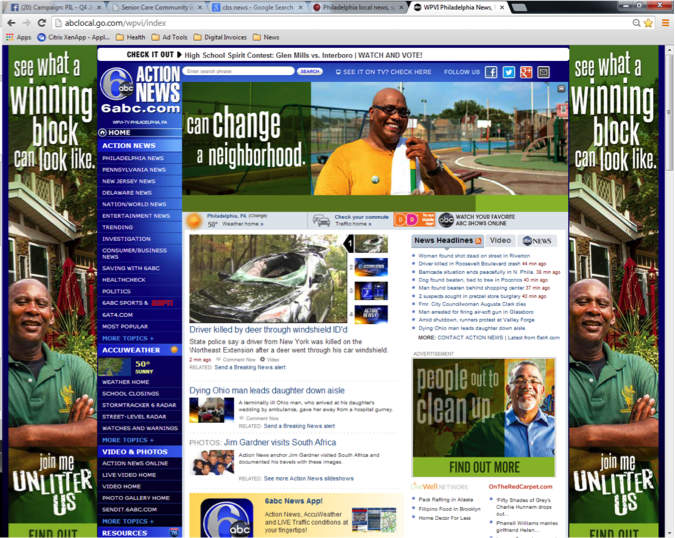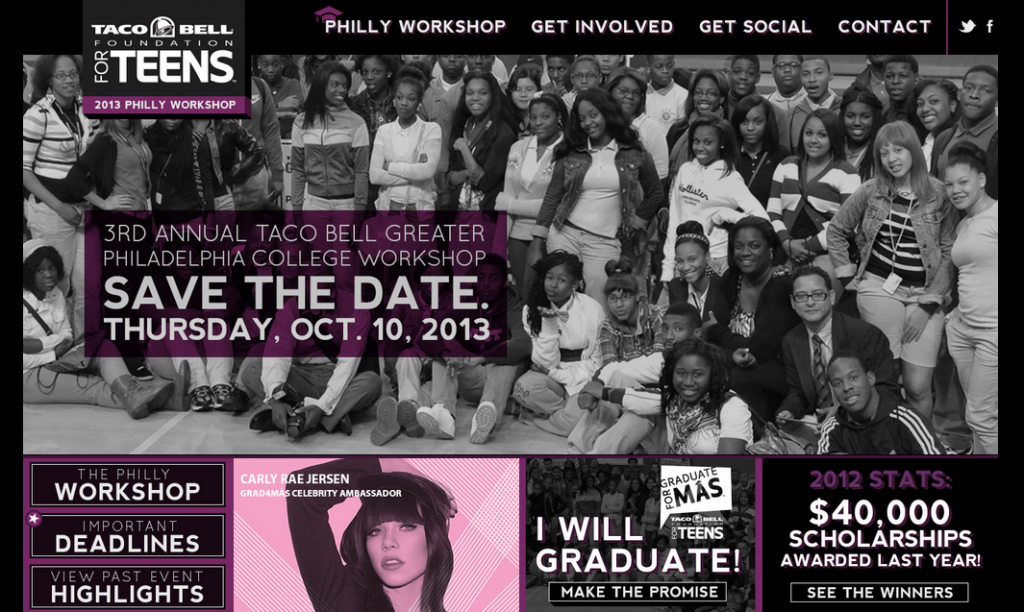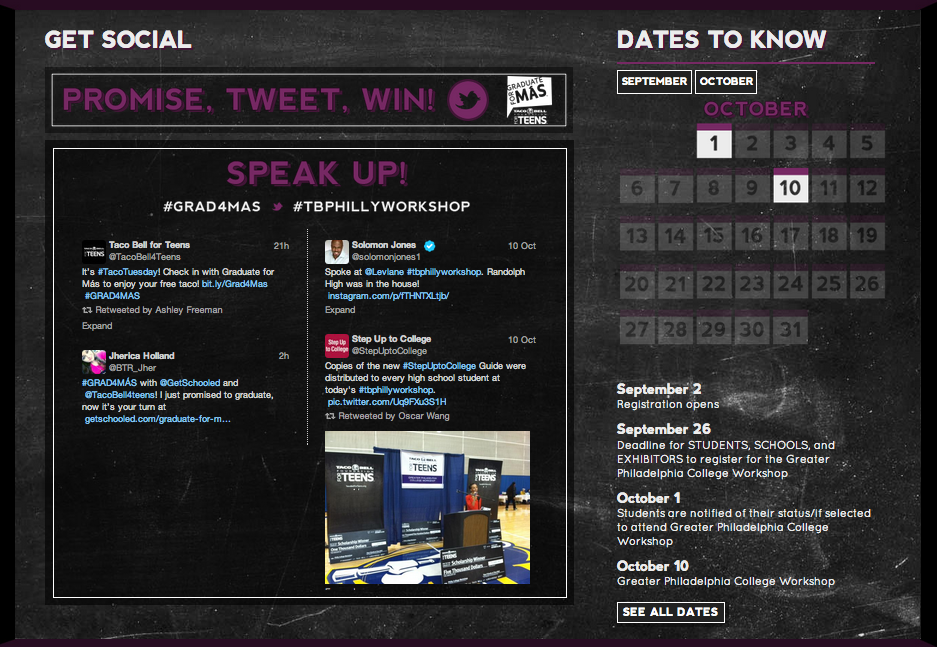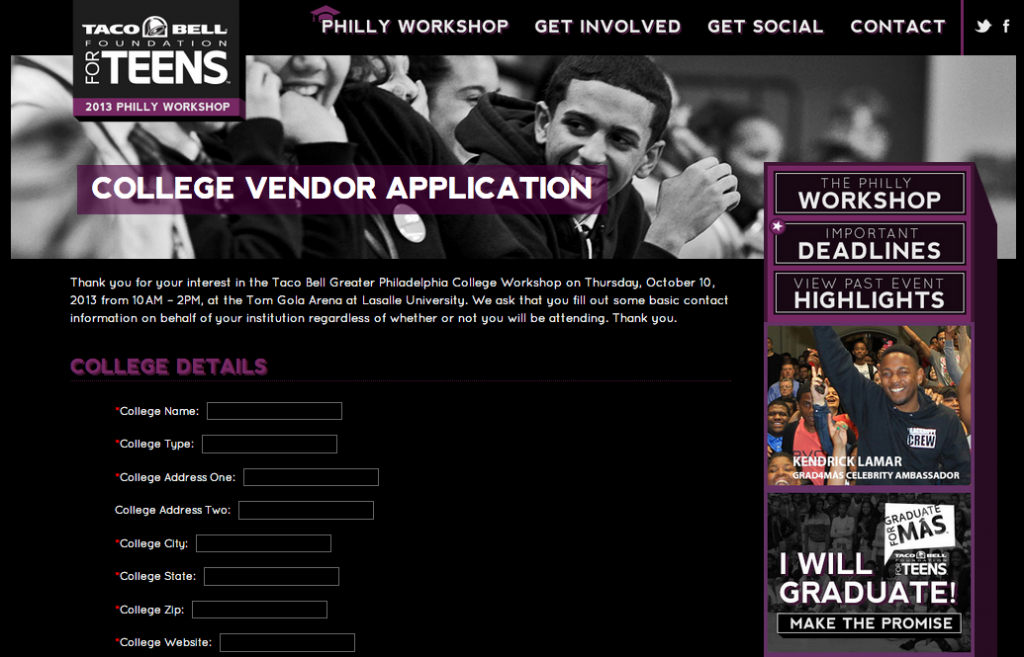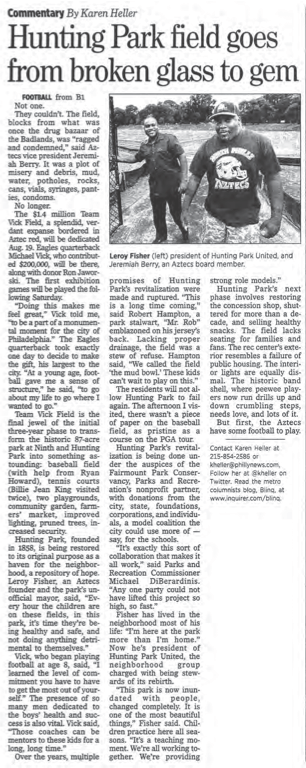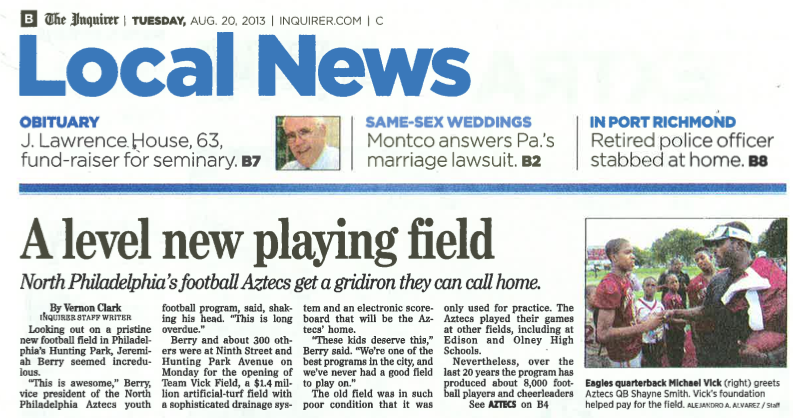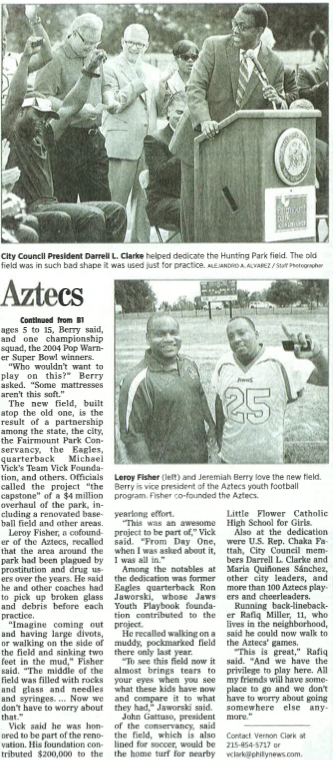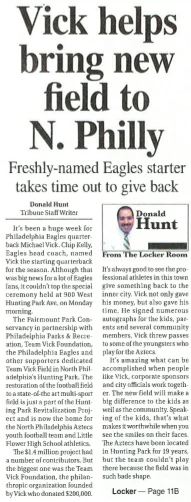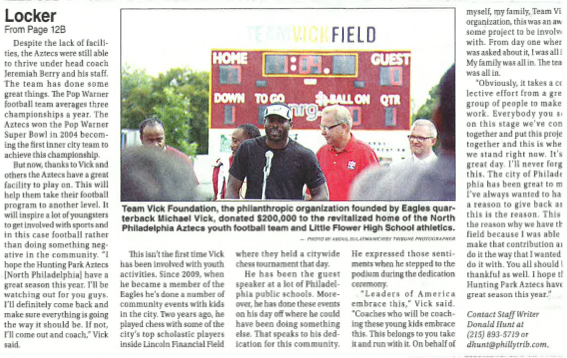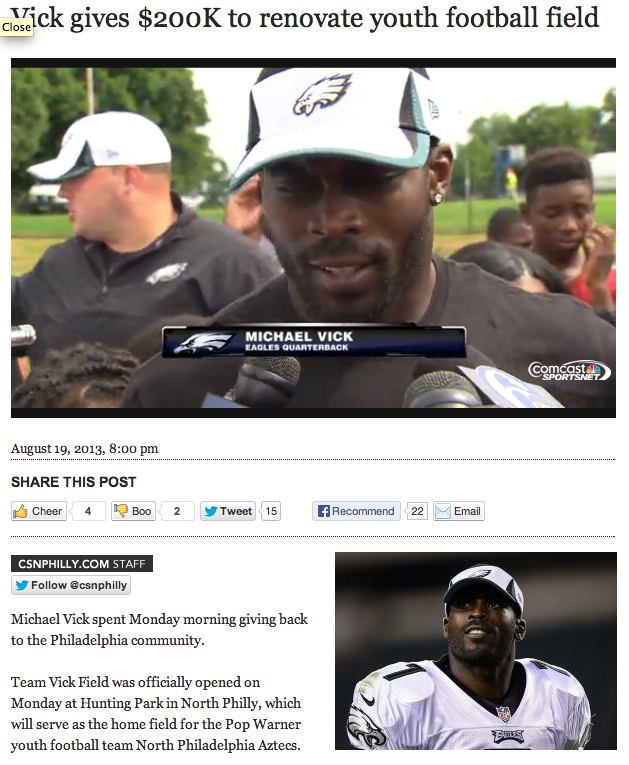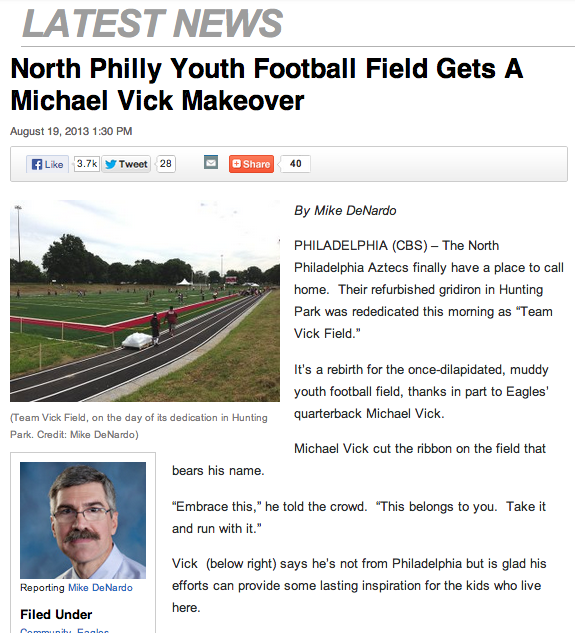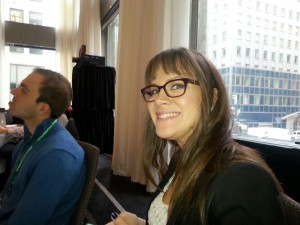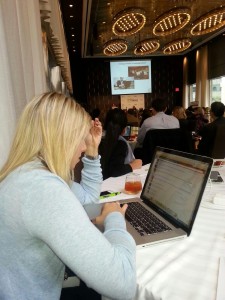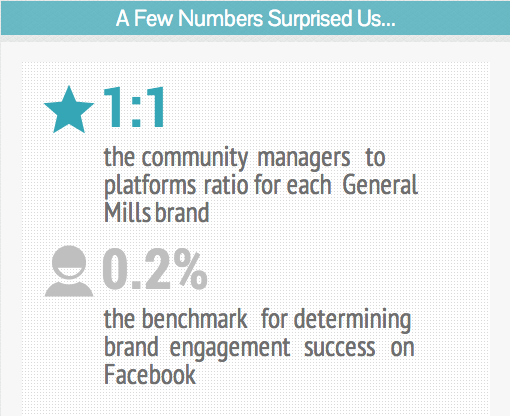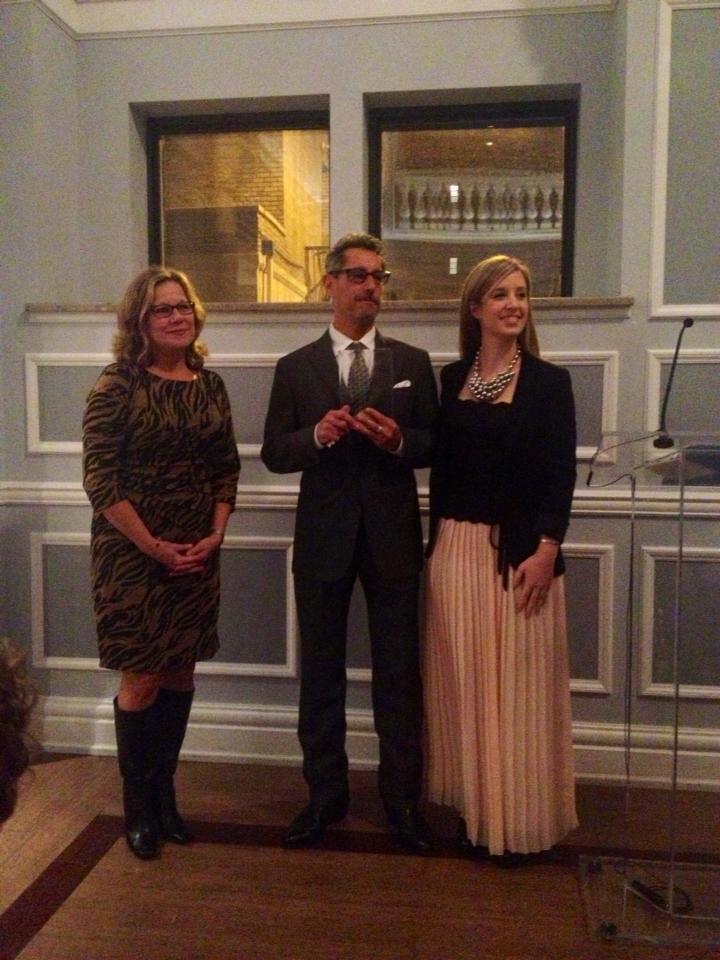#SMWNYC Recap: The Future of Social Media and Content Creation
Last week, we sent our Social Media Manager Erica Nardello to the Big Apple for Social Media Week NYC. In two days of SMW sessions, expert panelists from socially savvy agencies and brands discussed continuously changing social media platforms, revolutionary content strategies, and evolving analytics. Check out Erica’s key takeaways from select sessions below and, if you were in attendance at #SMWNYC, let us know what findings you found most valuable in the comments!
The Language of Social Media is Visual
The internet was built on text. From search engine algorithms and queries to website and application coding, words have defined and shaped the digital experience. But, as JWT Trends Strategist Will Palley pointed out in a session on Thursday called Reading is No Longer Fundamental: The Shift to Visual Vocabulary, “new social platforms force people to learn new languages.” Increasingly, those languages are not always (or only) verbal. With the rise of platforms like Pinterest and Instagram, the language of social media is evolving from words (and even limited characters) to images. DigitasLBi SVP and North American Mobile Practice Lead Chia Chen said in The Changing Face of News Consumption, Hosted by WSJ, “The currency of social media is imagery.” As users increasingly turn to animated stickers and emoji to communicate, brands need to evolve to learn from, understand, and embrace these languages – to “listen visually,” said Palley. But how?
“We need to restore context to content,” said Curalate CEO and Co-Founder Apu Gupta. That context can come from comments, emoji, metadata, and more. While users may be pinning your brand’s products or posting photos of your signage on Instagram, it’s important to understand the users, read their posts, and know that they could be sharing the content because they love it or because they hate it. Brands have the opportunity to create that context by inviting consumers to participate in the content creation process. Rather than simply taking and repurposing user-generated content, Craig Hepburn, global head of digital & social at Nokia, recommends that brands start building relationships with (but not paying for the involvement of) key influencers. Curalate’s Gupta cited a really amazing example of work with Urban Outfitters, which leveraged user-generated content to create a digital experience based on the real style of its customers on its homepage. But the best part wasn’t the “influence” of the customers featured on UO’s website – it was their enthusiasm. “We talk so much about influencer marketing, but that’s to the detriment of loyalists,” Gupta explained. The success of the efforts to incorporate visual user-generated content depends largely on the type of brand and the type of consumer, but one thing is for sure: the visual language of social media is still in its infancy and it will only continue to grow and change.
The Evolution of Content Creation and Sharing
Propelled by changes in consumption habits and platform preferences, storytelling has changed forever. Still, there are great opportunities and challenges for community managers and content creators of all kinds, but they’ve evolved with the times and with us. “Most people have thought of stories as having a beginning, middle and end,” said Jim Roberts, executive editor and chief content officer of Mashable. “For the consumer who has time to consume it, it’s a really rewarding experience, but most people don’t have time to do that anymore.” Now, brands and media companies are being forced to tailor their content to evolving consumer preferences.
Liz Heron, emerging media editor at The Wall Street Journal, explained that content, especially content targeted to millennials, needs to be characterized by three things: presence and share-ability on social and mobile platforms, rich visuals, and emotional relevance and resonance. And really, in a sea of content that is constantly fighting for our attention and our love, that couldn’t be more accurate. Without content that tugs at the heartstrings and engages with imagery on the social and mobile channels at our fingertips, media companies and brands cannot hope to connect with modern consumers. “The pace of change that we experienced… in the ’90s was nothing compared to the pace of change in recent years,” said Roberts. Clearly social media trends are leading the way forward and show no sign of slowing down.
Erica’s recap can also be found on her blog, ‘ello.





